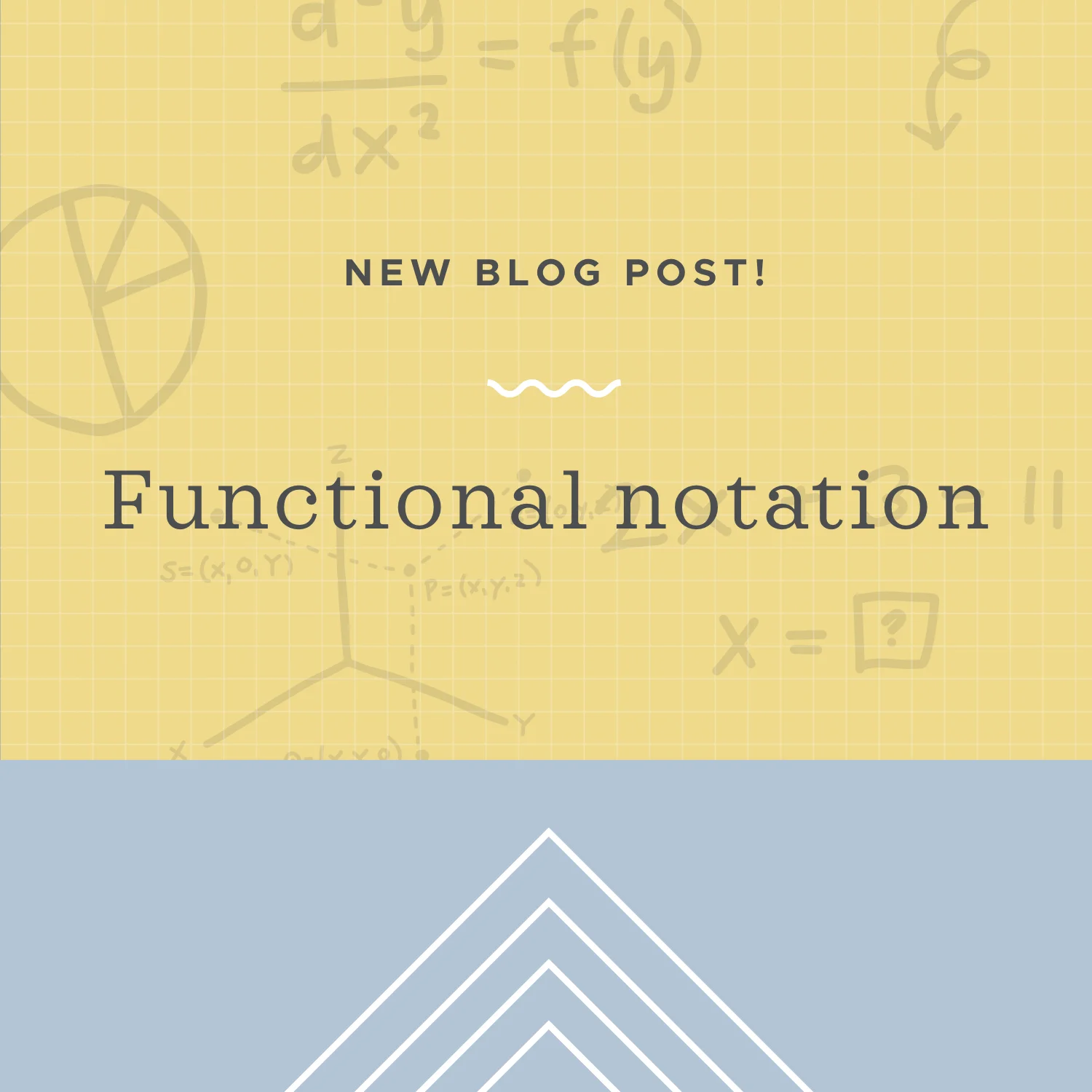Functional notation is a way of writing a function. Traditionally f(x) is how a function is written, but really any variables may be used. The function name is the f or the variable outside of parentheses and the variable used for input is x or the variable that’s inside the parentheses.
Read MoreDid you know that you can add two different functions together? There are two ways to add functions. You can either input the value for x into each function and then add the outputs together, or you can add the functions together and then input the value for x and simplify.
Read MoreAll functions are equations, but not all equations are functions. Functions are equations that pass the Vertical Line Test. In other words, in order for a graph to be a function, no perfectly vertical line can cross its graph more than once.
Read MoreWhen we talk about “even, odd, or neither” we’re talking about the symmetry of a function. It’s easiest to visually see even, odd, or neither when looking at a graph. Sometimes it’s difficult or impossible to graph a function, so there is an algebraic way to check as well.
Read MoreTo test for functions, we need to make sure that there’s only one y-value for every x-value. Visually, when you look at the graph of a relation, you can see whether every x-value is related to only one y-value by using the Vertical Line Test: Any (and every possible) vertical line may intersect with (cross) the graph at most once. We say “at most once,” because even if the relation is a function, the vertical line that crosses the x-axis at any number x that isn’t in the domain of the function won’t intersect the graph of the function at all. If some vertical line crosses the graph more than once, then the graph has failed the Vertical Line Test and the relation isn’t a function.
Read More






